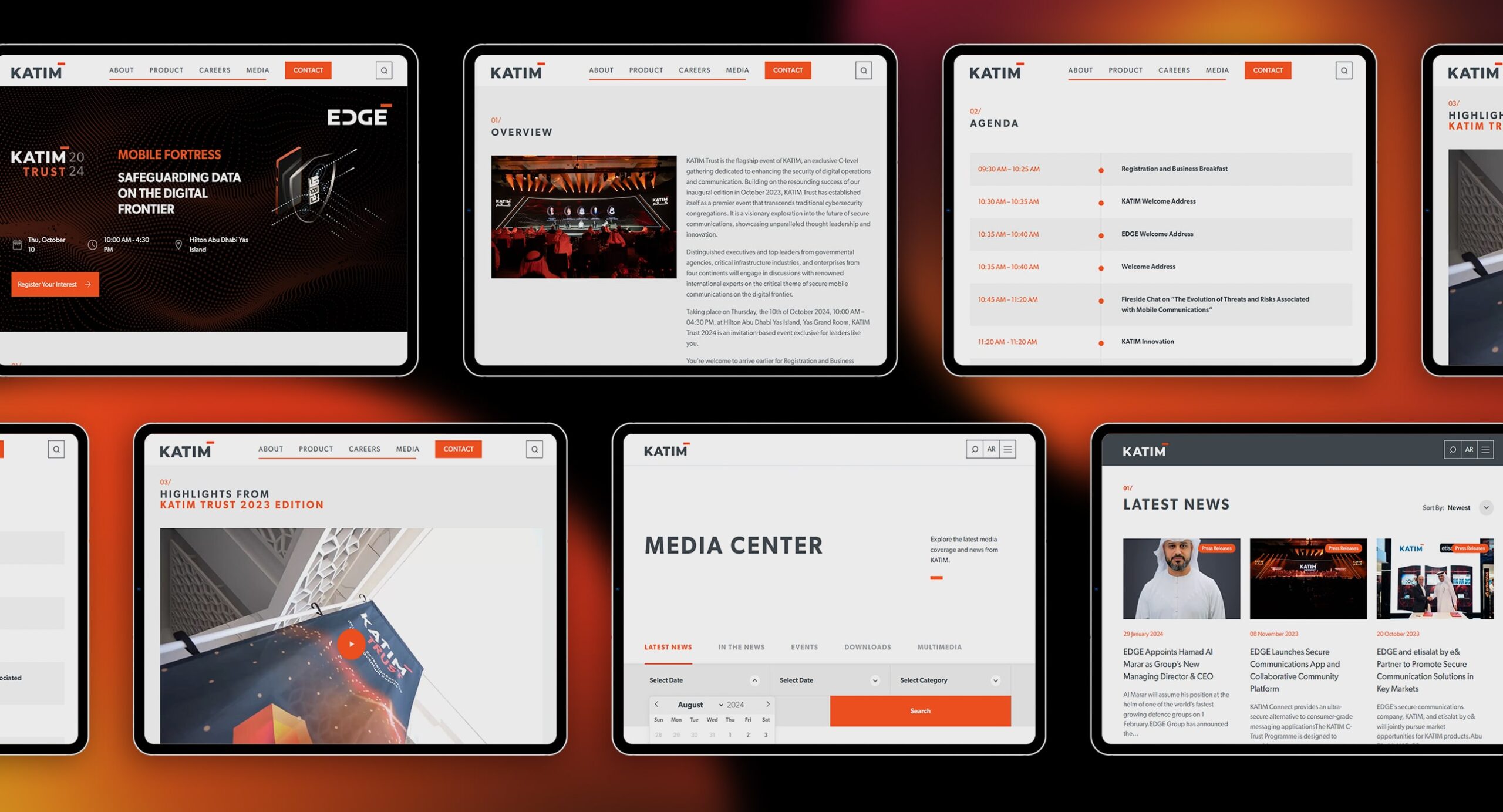Introduction
For businesses to succeed in today’s digital environment, having a strong online presence is essential. To differentiate yourself from the competition in the fiercely competitive marketing industry, your content strategy must be optimized for Google SERP (Search Engine Results Page) features. Special elements that are displayed on search engine results pages (SERPs) and give users quick, direct responses to their queries are known as SERP features. You can improve your website’s visibility and draw in more organic traffic by knowing how to take advantage of these features. We’ll look at the approaches you can use in this guide to successfully optimize your content strategy for Google SERP features.

1. Understanding Google SERP Features
Before diving into optimization techniques, it’s essential to grasp the various SERP features that Google offers. These features include Featured Snippets, Knowledge Graphs, Image Packs, Video Thumbnails, People Also Ask (PAA) boxes, and more. Each of these elements caters to different types of user queries, providing diverse ways for your content to appear on the search results page.
2. Conducting Keyword Research
Keyword research is the foundation of any successful content strategy. Use AI-powered tools to identify relevant keywords related to your niche, products, or services. Incorporate long-tail keywords and focus on question-based queries to increase your chances of appearing in Featured Snippets and PAA boxes.
3. Crafting High-Quality Content
Create informative, engaging, and well-structured content that satisfies user intent. Content that provides clear, concise answers to common questions has a higher likelihood of being featured in Google’s SERP features. Use active voice to make your content more compelling and easily understandable for readers.
4. Optimizing for Featured Snippets
Featured Snippets are concise answers displayed at the top of search results. To optimize for this SERP feature, identify common questions related to your target keywords and craft precise answers. Use headers, lists, and tables to organize information clearly. Ensure that your content provides value even if users don’t click through to your website.
5. Leveraging Knowledge Graphs
Knowledge Graphs are boxes containing factual information related to a search query. To increase your chances of appearing in Knowledge Graphs, create content that focuses on well-researched and accurate data. Structured data markup, such as schema.org, can also improve your content’s visibility to search engines.
6. Using Images and Videos
Visual content is becoming increasingly important in content marketing and SEO. Optimize your images with descriptive alt text and relevant filenames, including your target keywords. For videos, create engaging thumbnails and use video schema markup to help search engines understand your content better.
7. Promoting on Social Media
Social media plays a significant role in content distribution and visibility. Share your content on different social media platforms to increase its reach and engagement. When your content gains traction on social media, it signals its relevance to search engines, potentially leading to higher rankings and visibility in SERP features.
8. Monitoring and Iterating
Effective content optimization for SERP features requires continuous monitoring and improvement. Use tools to track your rankings, click-through rates (CTRs), and featured snippet appearances. Analyze user behavior to understand which strategies are most effective and iterate accordingly.
Conclusion
Optimizing your content strategy for Google SERP features is a valuable endeavor that can significantly impact your online presence. By understanding the different SERP elements, conducting thorough keyword research, crafting high-quality content, and leveraging social media, you can increase your chances of appearing in Google’s featured snippets, knowledge graphs, and more. Continuous monitoring and iteration are key to staying ahead in the ever-evolving world of search engine optimization.
Remember, achieving success in content optimization requires patience and consistency. By staying informed about AI advancements, marketing trends, and search engine algorithms, you can fine-tune your content strategy to stand out in the competitive digital landscape.
For more such blogs, Connect with GTECH.
Related Post
Publications, Insights & News from GTECH







